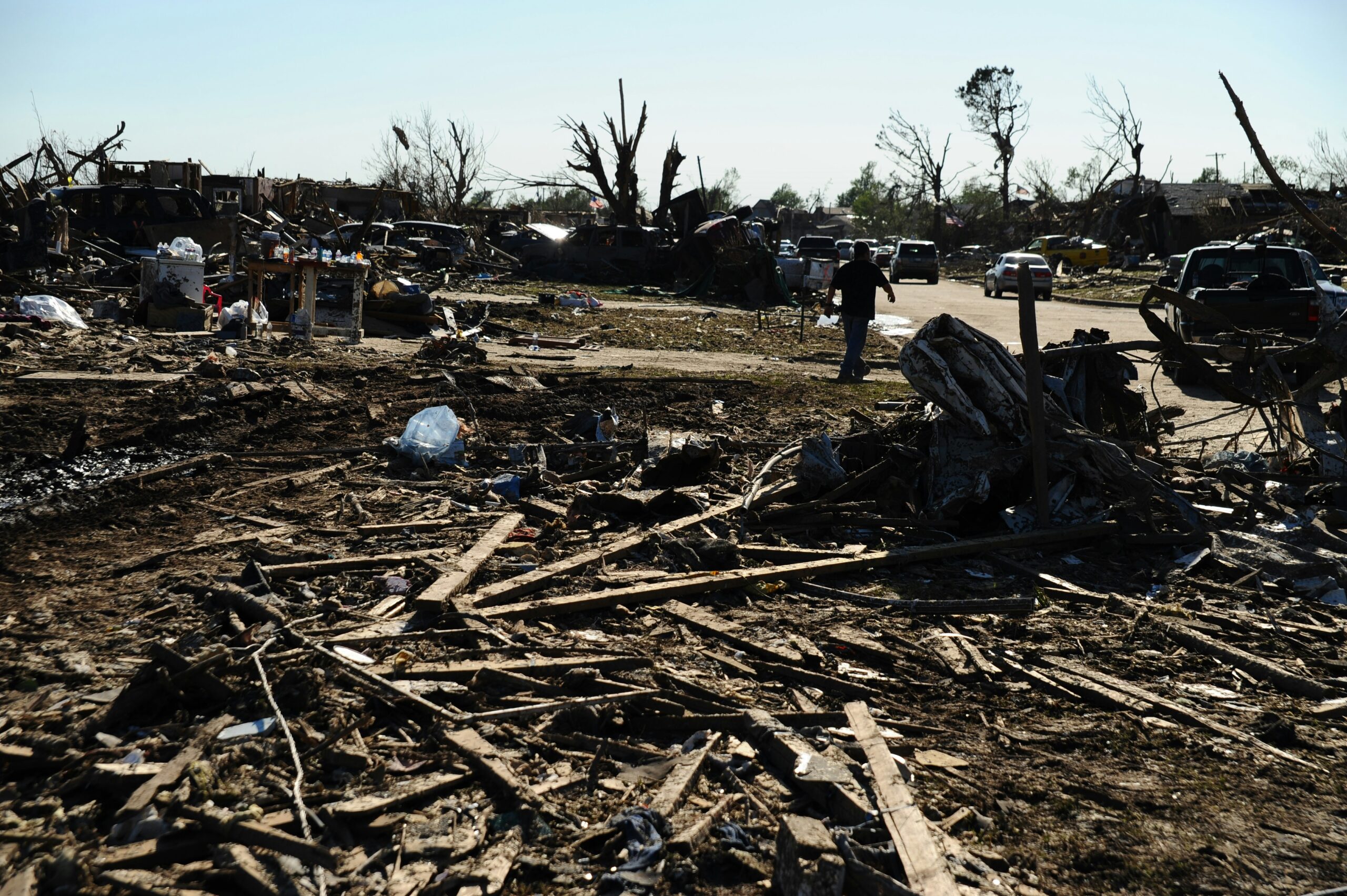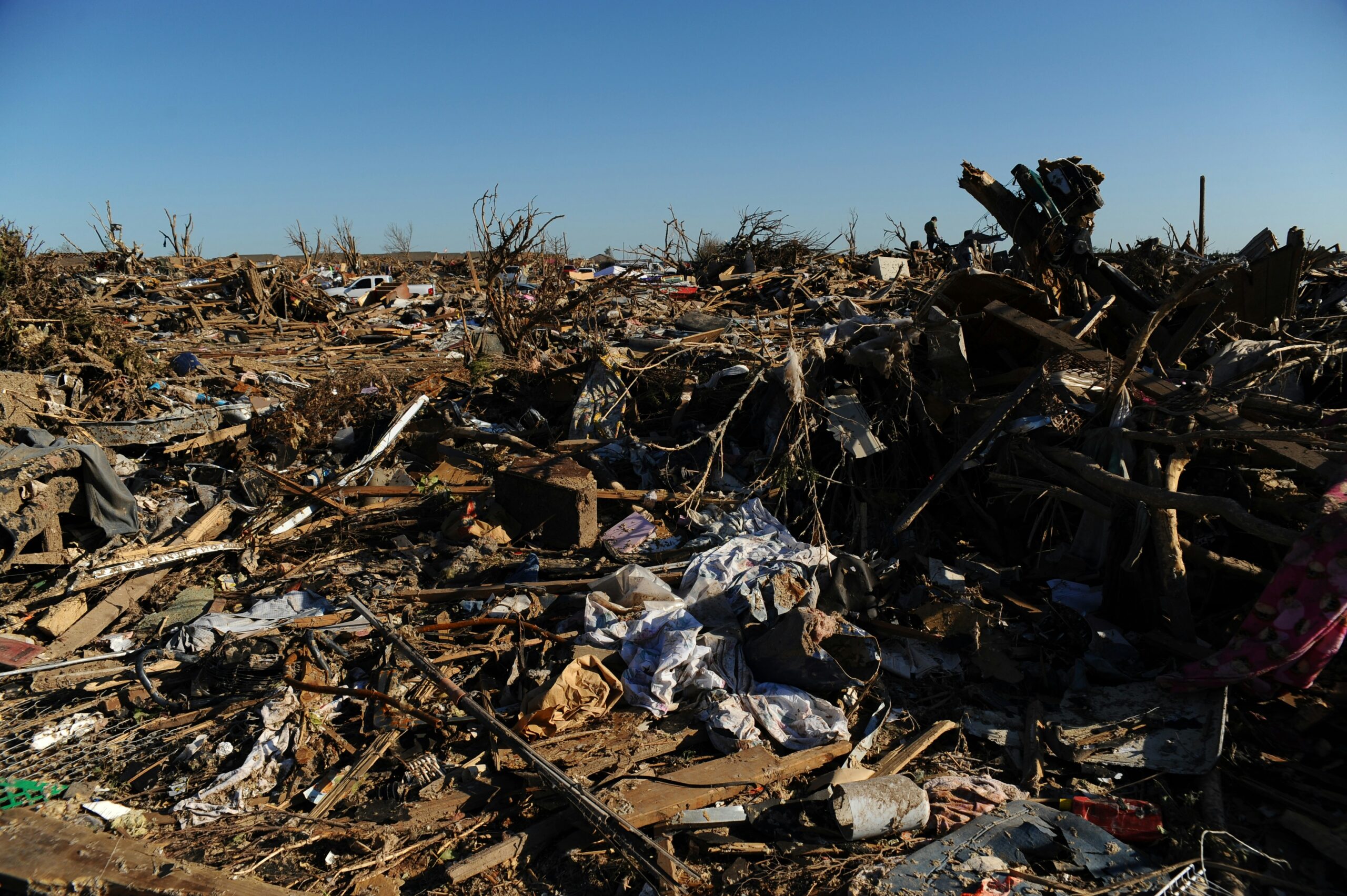Imagine the thrill of living in an area that could be hit by a tornado or hurricane. While these natural disasters might seem daunting, fear not! In this article, we will guide you through the essential steps to ensure you are fully prepared for the unexpected. From assembling an emergency kit to making a family communication plan, we’ve got you covered. So sit back, relax, and let’s dive into the world of tornadoes and hurricanes, ensuring you have all the tools to weather the storm.

Creating an Emergency Plan
Understanding the Risk
When it comes to preparing for a tornado or hurricane, the first step is to understand the risk associated with these natural disasters. Take the time to research the likelihood of these events in your area and familiarize yourself with the specific threats they pose. Understanding the risk will help you make informed decisions and prioritize your preparations. You can consult local emergency management agencies or visit websites that provide information on historical weather patterns to get a better understanding of the risks specific to your location.
Identifying Safe Places
Identifying safe places within your home or community is crucial in ensuring your safety during a tornado or hurricane. In your home, look for a basement, storm cellar, or a small, windowless interior room on the lowest floor. This room should be away from doors and windows. Make sure it can be easily accessed by all members of your household. If you don’t have access to a basement, consider creating a safe room by reinforcing an existing interior space with sturdy materials.
If you live in a mobile home or an area prone to flooding, it may be necessary to seek an alternative safe place outside of your home. Research local community shelters or public buildings that serve as evacuation centers during severe weather events. Additionally, map out evacuation routes in your area and identify the closest shelter options along those routes. Knowing your safe places and evacuation routes will give you peace of mind and allow you to act quickly in the event of an emergency.
Developing a Communication Strategy
During an emergency, communication is vital. It is essential to have a well-thought-out communication strategy in place to keep your loved ones informed about your safety and whereabouts. Start by designating a family emergency contact who can act as a central point of communication, ensuring that everyone knows who to contact in case of separation or a loss of communication channels.
It is also beneficial to establish alternative modes of communication, as traditional means like phone lines and internet services may be disrupted during severe weather events. Utilize social media platforms, text messaging services, or walkie-talkies to stay connected with your family and friends. Additionally, make sure everyone in your household has a list of emergency contact numbers stored in their phones or written down in case they are unable to use their devices.
Assembling an Emergency Kit
Non-Perishable Food and Water
When preparing for a tornado or hurricane, one of the most important items to include in your emergency kit is non-perishable food and an ample supply of water. Choose foods that do not require refrigeration and have a long shelf life, such as canned goods, energy bars, and dried fruits. Aim to have enough food for each person in your household for at least three days.
Water is another crucial component of your emergency kit. Store at least one gallon of water per person per day for drinking and sanitation purposes. It’s also a good idea to have a water purification method or water purification tablets on hand in case your supply runs low or becomes contaminated.
First Aid Supplies
In the event of a tornado or hurricane, injuries can occur, and access to medical assistance may be limited. Having a well-stocked first aid kit is essential for providing immediate medical care. Your first aid kit should include items such as adhesive bandages, antiseptic wipes, sterile gauze, adhesive tape, tweezers, and a thermometer. In addition to basic supplies, consider any specific medical needs of your household members, such as prescription medications or EpiPens.
Essential Medications
If you or any family members rely on prescription medications, it is crucial to have an adequate supply on hand in case of an emergency. Check the expiration dates on your medications regularly and rotate them out as needed. Speak with your healthcare provider about obtaining extra medication, especially if you live in an area prone to tornadoes or hurricanes. It is recommended to have at least a two-week supply of essential medications available in your emergency kit.
Flashlights and Batteries
Power outages are common during severe weather events. Having reliable lighting options is essential to navigate in the dark and to signal for help if needed. Include flashlights and extra batteries in your emergency kit. Opt for LED flashlights as they are more energy-efficient and tend to have a longer battery life. Consider including glow sticks or battery-operated lanterns as alternative sources of light.
Important Documents
Protecting your important documents is crucial during a tornado or hurricane. Gather important documents such as identification papers, passports, insurance policies, birth certificates, and any other essential paperwork. Place them in a waterproof container or seal them in plastic bags within your emergency kit to ensure their preservation. Having these documents readily available will enable a smooth recovery process in the aftermath of a disaster.
Cash and Emergency Contacts
During emergencies, access to ATMs or electronic payment methods may be disrupted. It is essential to have a supply of cash in small bills on hand in case you need to purchase essential items or services. Additionally, keep a list of emergency contact numbers, including local emergency services, family members, and friends, within your emergency kit. Remember to update this list regularly to ensure its accuracy.
Extra Clothing and Bedding
In the event of evacuation or extended power outages, having extra clothing and bedding can provide comfort and protection against the elements. Include warm clothing, blankets, and sturdy shoes in your emergency kit. Consider the climate of your region and include appropriate items such as raincoats or hats, depending on the anticipated weather conditions. Having these essentials readily available will help you and your family stay comfortable and safe during the aftermath of a tornado or hurricane.


